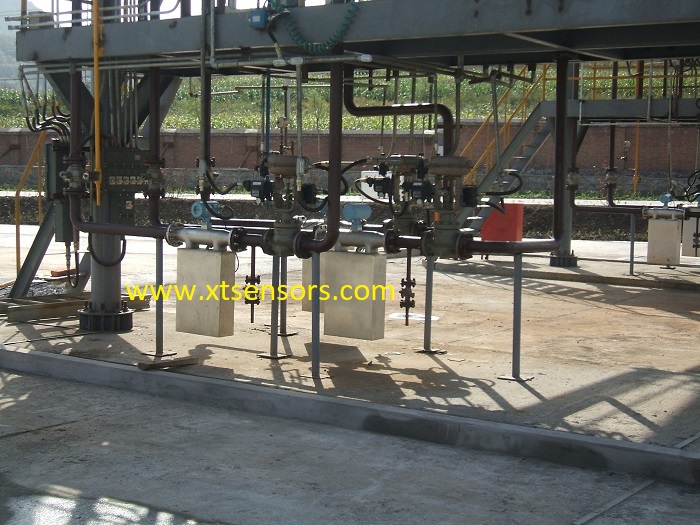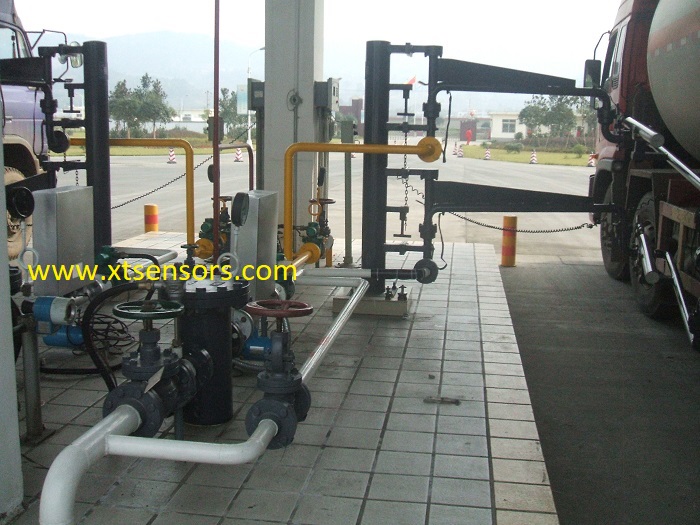How to install Coriolis mass flowmeter?
The following mainly explains the installation method and precautions of the mass flowmeter:
1. Installation of Coriolis Mass Flowmeter
1.1 Sensor installation: (split type)
Use conventional experience to minimize the torque and bending load on the process connection;
note:
The housing of the mass flow meter sensor should not be in contact with the ground, and the sensor should not be used to support the pipeline;
The mass flowmeter sensor does not require external support;
All pipe joints and connections must be sealed to minimize the occurrence of bubbles in the fluid, which will affect the measurement accuracy of the mass flowmeter.
1.2 Installation method
1) Horizontal installation (bottom installation)

Generally, the Coriolis mass flowmeter sensor is installed with the housing facing down to avoid air gathering in the sensor measuring tube, so as to achieve the purpose of accurately measuring the mass flow;
2) Horizontal installation (upper installation)

Generally, the coriolis mass flowmeter sensor is installed with the shell facing upward to avoid the accumulation of condensate in the sensor measuring tube:
3) Flag installation (side installation)

Generally, the Coriolis mass flowmeter sensor is installed on a vertical pipeline to avoid particles from accumulating in the sensor measuring tube;
1.3 Precautions for Coriolis Mass Flowmeter Installation Location
1) The sensor should be far away from the interference source that can cause mechanical vibration of the pipeline, such as the pump on the process pipeline;
2) The sensor measuring pipe should always be filled with liquid and have a certain back pressure, which requires the installation location to be at the low end of the pipe;
3) The sensor should pay attention to the expansion and deformation of the process pipeline due to temperature changes, especially not to be installed near the expansion joint of the process pipeline;
4) The sensor mounting flange must be coaxially connected with the pipeline flange to ensure no installation stress;
5) The sensor should be far away from industrial electromagnetic interference sources, such as high-power motors, transformers, etc.;
6) Install shut-off valves upstream and downstream of the sensor;
In addition, support rods must be used to securely fix the pipelines and valves during installation. The lower end of the support rod must be fixed on a stable foundation, and the upper end of the support rod must be matched with the pipeline clamp to fix the process pipeline (do not use the sensor housing to support the sensor, the pipeline Lines, valves, etc.).
After the sensor is installed, its Coriolis mass flowmeter housing should be in a freely suspended state.